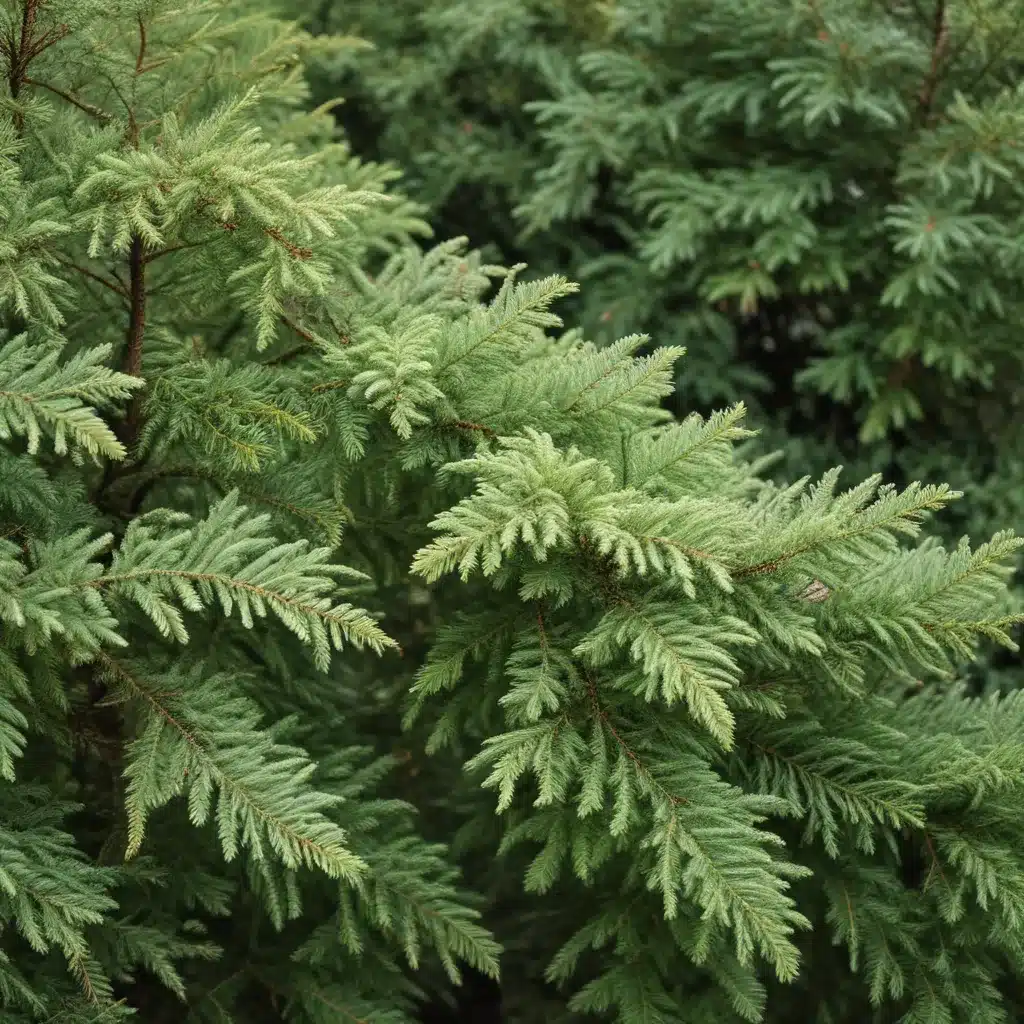
Conifer Classification and Diversity
The captivating world of conifers encompasses a diverse array of evergreen plants, each with its own distinct characteristics and adaptations. These gymnosperms, bearing their seeds in cones, represent one of the oldest and most resilient groups of plants on Earth. From towering pines and majestic firs to diminutive junipers and delicate cypresses, conifers occupy a vast range of ecological niches, thriving in environments from the tropics to the Arctic.
The conifer family tree is a complex tapestry, woven with numerous taxonomic divisions. The Pinaceae family, for instance, includes the iconic spruce, larch, and hemlock, each renowned for their unique foliage and growth habits. In contrast, the Cupressaceae family boasts an array of cedars, redwoods, and arborvitae, captivating with their diverse forms and vibrant hues. Venturing further, the Taxaceae family introduces the captivating yews, prized for their rich, deep green needles and vibrant red berries.
Evergreen Foliage and Growth Habits
Conifers are distinguished by their persistent, needle-like or scale-like leaves, which enable them to maintain their evergreen appearance year-round. These specialized leaves are coated in a waxy cuticle, minimizing water loss and allowing conifers to thrive in arid and frigid environments where deciduous trees may struggle. The arrangement of these leaves, be it spiral, opposite, or whorled, contributes to the unique silhouettes and textures that conifers display.
The growth patterns of conifers are equally captivating, with some species reaching towering heights, while others adopt a more compact, dwarf stature. Upright, pyramidal, and weeping growth forms are just a few of the architectural wonders found within the conifer realm. This diversity allows conifers to fulfill a variety of landscape roles, from stately specimen trees to low-growing groundcovers.
Ecological Roles of Conifers
Conifers play a pivotal role in the delicate balance of ecosystems around the world. In forest environments, these evergreen giants serve as the foundation, providing shelter, food, and nesting sites for a myriad of wildlife species. Their needle-like leaves, rich in resins and oils, offer protection from browsing herbivores and create a distinct microclimate beneath their canopies.
Beyond their importance in forest habitats, conifers also contribute to the overall health of the planet. Through the process of photosynthesis, they absorb carbon dioxide and release oxygen, actively participating in the global carbon cycle. This ecological service is particularly valuable in the face of climate change, as conifers’ ability to sequester and store carbon makes them invaluable allies in the fight against rising atmospheric greenhouse gas levels.
Conifers in Home Gardening
The allure of conifers extends well beyond their natural habitats, as these versatile plants have become cherished additions to residential and commercial landscapes. When selecting conifers for the home garden, it is crucial to consider factors such as growth rate, mature size, and sun exposure requirements to ensure a harmonious fit within the overall design.
Dwarf and compact conifer cultivars, such as the captivating Picea (spruce) and Chamaecyparis (cypress) species, are particularly well-suited for smaller gardens, where their vibrant foliage and manageable stature can create visual interest and structure. Conversely, towering Pinus (pine) and Abies (fir) specimens can serve as majestic focal points, providing year-round greenery and commanding presence.
Incorporating conifers into mixed plantings with deciduous trees, shrubs, and perennials can yield breathtaking results, with the evergreen elements providing a sturdy foundation and the seasonal changes of other plants adding dynamic layers of color and texture. TriCounty Tree Care can provide expert guidance on selecting the perfect conifer specimens for your unique landscape.
Conifers in Commercial and Public Spaces
Beyond the realm of residential gardens, conifers have also found their place in the design of commercial and public spaces. In urban environments, where space is often limited, compact and columnar conifer varieties can serve as effective screening and windbreak elements, providing privacy and protection from the elements.
In larger-scale landscape projects, such as parks and corporate campuses, the towering silhouettes and stately presence of conifers can create a sense of grandeur and natural elegance. Specimen conifers, strategically placed, can become iconic landmarks, drawing the eye and inviting exploration. Additionally, the year-round foliage of conifers can offer a valuable evergreen backbone to the seasonal changes of surrounding plantings.
Propagation and Nursery Production
The captivating diversity of conifers is, in part, a result of the dedicated efforts of nursery professionals and horticulturists. Through meticulous seed collection, germination, and seedling cultivation, as well as innovative vegetative propagation techniques, new and improved conifer cultivars are constantly being introduced to the market.
One particularly fascinating example is the development of the Picea orientalis ‘Firefly’ cultivar, a product of Iseli Nursery’s long-term breeding program. By carefully selecting and propagating seedlings from the renowned ‘Skylands’ golden spruce, the nursery has created a more compact, intensely golden-hued conifer that is poised to delight gardeners and landscapers alike.
The Cultural Significance of Conifers
The enduring appeal of conifers extends far beyond their horticultural merits, as these evergreen plants have long held a prominent place in the cultural tapestry of human societies. In mythology and folklore, conifers are often associated with themes of longevity, protection, and renewal, their steadfast presence a symbol of the cycle of life.
In the realm of art, design, and architecture, conifers have been celebrated for their captivating forms and textures. From the elegant spiral patterns of pine cones to the stately silhouettes of cypress trees, these botanical marvels have inspired countless creative expressions, from intricate woodcarvings to modernist landscape designs.
Conclusion
As we delve deeper into the enchanting world of conifers, it becomes clear that these evergreen wonders are far more than mere ornamental plants. They are living, breathing embodiments of resilience, adaptability, and the enduring beauty of nature. Whether admired in their natural habitats or carefully incorporated into our designed landscapes, conifers continue to captivate and inspire, reminding us of the extraordinary diversity that graces our planet. TriCounty Tree Care invites you to explore the wonders of conifers and discover how these remarkable plants can enrich your own horticultural journey.


